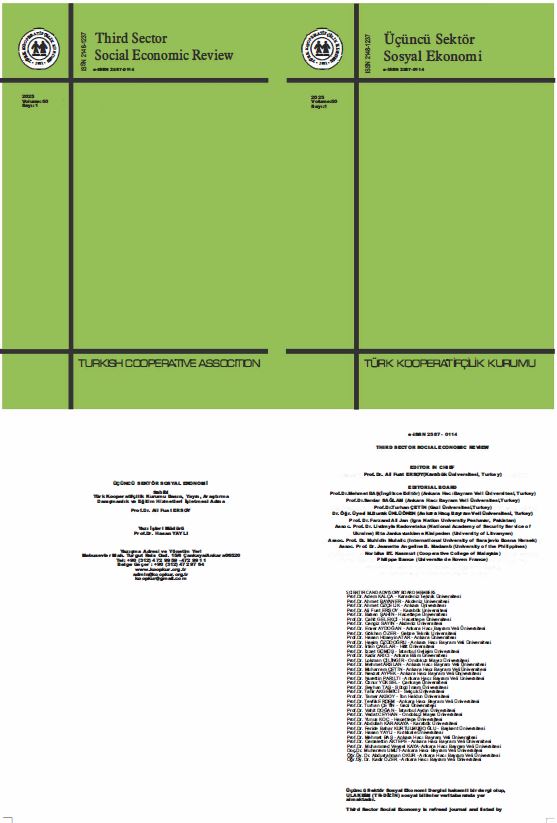STATISTICAL LITERACY IN INTERNAL AUDITING: COGNITIVE AND AFFECTIVE DIMENSIONS
Keywords:
Statistical literacy, cognitive dimension, self-efficacy, internal auditAbstract
In today's digital age, characterized by the growing volume of data and the need for making accurate, data-driven decisions, statistical literacy has become a fundamental skill in the internal auditing. The literature examines the level of statistical literacy in two dimensions. The first dimension involves cognitive factors, which encompass understanding and interpreting information, while the second dimension pertains to affective factors, including emotions related to the subject, This study aims to examine the levels of statistical literacy of public internal auditors in both dimensions and to determine their knowledge and self-efficacy levels. An online survey, designed with scales aligned to the study's purpose, was used as the data collection tool. The study was evaluated based on the results of 109 participants who provided valid responses to the survey.
The internal auditors participating in the study considered themselves moderately self-efficacy in statistical data literacy. Demographic differences such as education level and years of service had no impact on this result. When the statistical literacy knowledge levels of internal auditors were assessed, it was observed that their interpretation and critical interpretation skills were strong. According to the results, 61% of the participating internal auditors were classified as statistically literate. Some demographic differences were found to have an effect on this result.
Public internal auditors are evaluated as successful in terms of statistical data literacy, yet they do not exhibit the same level of confidence in themselves. Enhancing confidence through the support of knowledge can facilitate the development of this aspect. Consequently, statistical data literacy can be utilized more actively in internal auditing.









